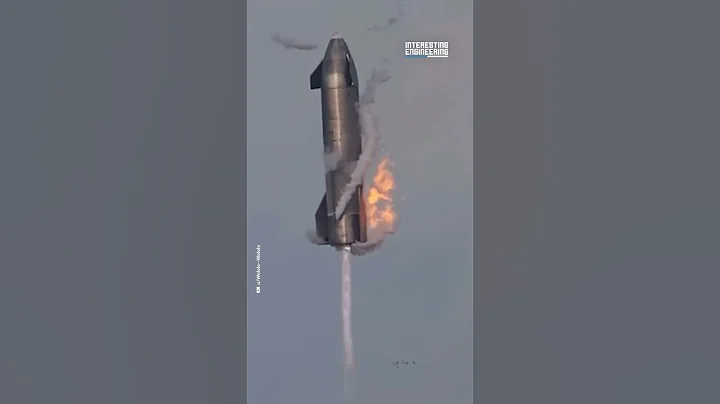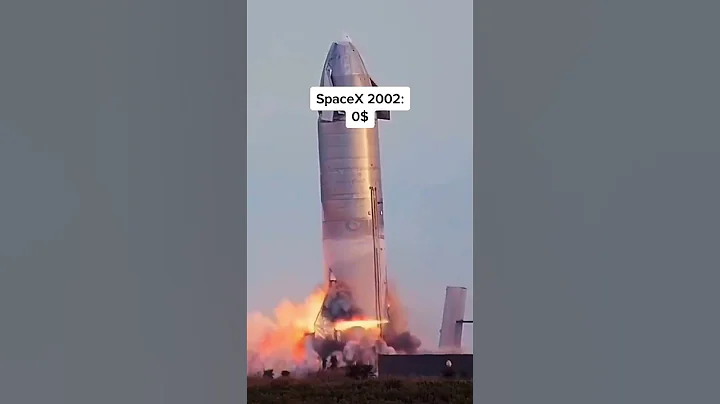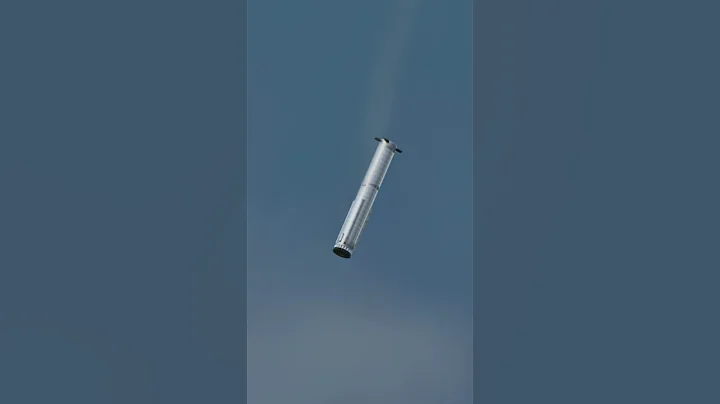
Launch time: June 30, 2022 5:04 (BTJ)
Launch location: Cape Canaveral Launch Pad 40
Launch rocket: Falcon 9 B1073.2
Launch payload: SES-22 communications satellite
6 On March 30, SpaceX launched an SES communications satellite at Cape Canaveral. In this way, in the past six months of 2022, SpaceX completed 27 launch missions, exceeding the "one launch per week" target. ” annual goals.
In the coming weeks, SpaceX will be able to break its annual launch record of 31 .

The Falcon 9 rocket body number used for this launch is B1073.2. The rocket was successfully recovered from an unmanned barge in the Atlantic Ocean. This launch is the second space journey of the rocket body. It previously launched a batch of SpaceX Starlink Internet satellites in its first flight in May (SpaceX used the new Falcon rocket to launch Starlink for the first time, and Starlink launched The number reaches 2,600, and Starlink has launched three consecutive high-density launches recently).
B1073 rocket body launch history:
1) 2022-5-14, Cape Canaveral launch pad 40, 46 batches of Starlink launch missions (4-15) (SpaceX uses the new Falcon rocket to launch Starlink for the first time, Starlink The number of launches has reached 2600, and the recent Starlink high-density three consecutive launches);
In this launch, the Falcon 9 rocket will send the SES-22 communication into an elliptical transfer orbit, and the SES-22 will use the spaceborne thruster to fly to the earth. The operating position of the geostationary orbit is 135°W. According to tracking data released by the U.S. military, the Falcon 9 rocket deployed SES-22 on a target orbit of 310 × 35,627 kilometers. The satellite weighed about 3.5 tons at launch and separated from the rocket 33 minutes after launch. Its orbit was tilted at an angle of 16.54 degrees. SES 22 will deploy its solar panels and antennas and use liquid-fuel engines to perform a series of orbit-raising burns, allowing its orbit to circle at geostationary altitude above the equator.

SES-22, built by Thales Alenia Space, is the first of five new C-band television broadcast satellites planned to be launched by SES this year. The design mission of the satellite is 15 years.
All five satellites will take off from Cape Canaveral, with three assigned to two SpaceX Falcon 9 missions (including Wednesday's launch of SES 22) and the other two scheduled for August It will be launched by the United Launch Alliance's Atlas 5 rocket in late September or September.
C-band satellites are being upgraded, and old satellite spectrum bands are being requisitioned
These C-band television broadcasting satellites will help SES reconfigure its television broadcasting services to a narrower range of the C-band radio spectrum. Previously, the FCC approved a plan to repurpose some spectrum previously used for television and radio programming for terrestrial 5G cellular broadband networks.
The US Federal Communications Commission (FCC) finalized a plan in 2020 to clear the 300MHz C-band spectrum for the rollout of 5G mobile connectivity networks. FCC auctions U.S. C-band spectrum to 5G operators. Previously, C-band spectrum was used to deliver satellite video broadcast services to millions of users.
As compensation for the loss of spectrum, Intelsat (Intelsat) and SES - the two largest C-band satellite operators in the U.S. market - will receive $44.87 billion 4.87 billion and respectively from 5G bidders. html $43.97 billion in compensation for if they expedite the transition of C-band services to a smaller range of spectrum by December 2023, two years earlier than the deadline set by the FCC. Intelsat and SES, as well as operators with smaller U.S. C-band market shares, will be compensated by winning bidders in the FCC's C-band auction to cover their C-band migration costs, including satellite manufacturing and launch costs.As part of the agreement, satellite operators are encouraged to purchase new C-band broadcast satellites from U.S. manufacturers to operate in the 4.0 to 4.2 GHz C-band spectrum. The lower portion of the frequency band (3.7 to 4.0 GHz) previously allocated to satellite operators is being transitioned to 5G services.
SES has cleared the lower 120 MHz of the C-band spectrum by reprogramming existing satellites, but completing the remainder of the C-band clearing mission will require the launch of new spacecraft. In 2020, SES ordered six new C-band satellites, including one spare satellite, while Intelsat purchased seven C-band satellites.
The rapid launch of all new C-band satellites is a key part of the spectrum clearance plan. The C-band satellite launch, in partnership with ULA and SpaceX, is scheduled to be completed by the end of this year.





















